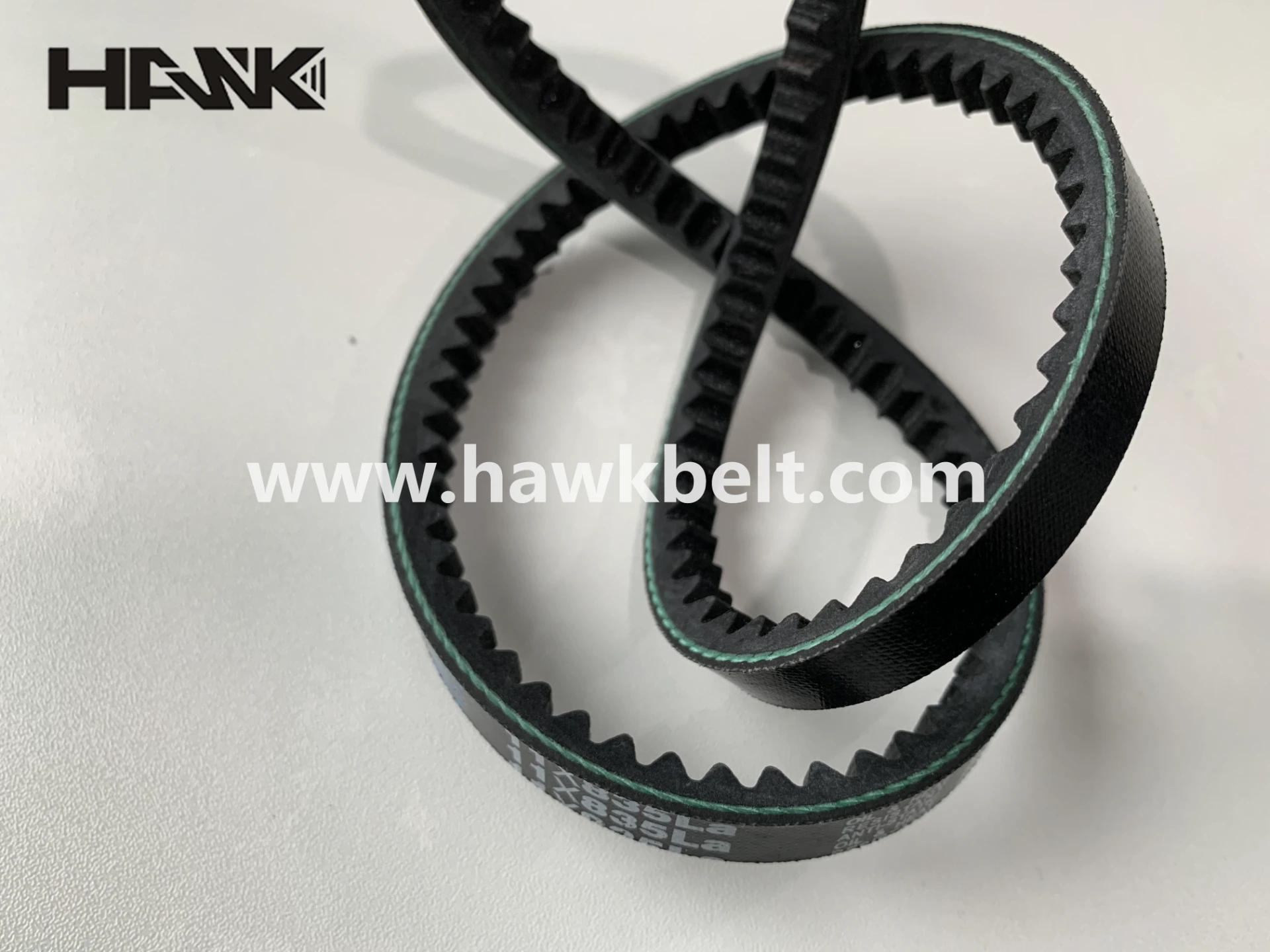- Arabic
- French
- Russian
- Spanish
- Portuguese
- Turkish
- Armenian
- English
- Albanian
- Amharic
- Azerbaijani
- Basque
- Belarusian
- Bengali
- Bosnian
- Bulgarian
- Catalan
- Cebuano
- Corsican
- Croatian
- Czech
- Danish
- Dutch
- Afrikaans
- Esperanto
- Estonian
- Finnish
- Frisian
- Galician
- Georgian
- German
- Greek
- Gujarati
- Haitian Creole
- hausa
- hawaiian
- Hebrew
- Hindi
- Miao
- Hungarian
- Icelandic
- igbo
- Indonesian
- irish
- Italian
- Japanese
- Javanese
- Kannada
- kazakh
- Khmer
- Rwandese
- Korean
- Kurdish
- Kyrgyz
- Lao
- Latin
- Latvian
- Lithuanian
- Luxembourgish
- Macedonian
- Malgashi
- Malay
- Malayalam
- Maltese
- Maori
- Marathi
- Mongolian
- Myanmar
- Nepali
- Norwegian
- Norwegian
- Occitan
- Pashto
- Persian
- Polish
- Punjabi
- Romanian
- Samoan
- Scottish Gaelic
- Serbian
- Sesotho
- Shona
- Sindhi
- Sinhala
- Slovak
- Slovenian
- Somali
- Sundanese
- Swahili
- Swedish
- Tagalog
- Tajik
- Tamil
- Tatar
- Telugu
- Thai
- Turkmen
- Ukrainian
- Urdu
- Uighur
- Uzbek
- Vietnamese
- Welsh
- Bantu
- Yiddish
- Yoruba
- Zulu
დეკ . 29, 2024 16:56 Back to list
Understanding the Basics of Flat Belt Technology and Its Applications
The Evolution and Applications of Flat Belts in Mechanical Systems
Flat belts have played a pivotal role in the evolution of mechanical power transmission systems. As one of the oldest forms of power transmission in industrial machinery, flat belts have significantly contributed to efficiency and productivity in numerous applications. This article delves into the design, advantages, and applications of flat belts, highlighting their impact on modern engineering.
Historical Context
The use of flat belts can be traced back to the early industrial revolution when machinery needed a reliable means to transmit power from engines and waterwheels to operational equipment. Initially made from leather, these belts provided a flexible and durable solution for connecting different machine parts. As technology advanced, materials evolved from genuine leather to synthetic fibers and rubber compounds, enhancing performance and longevity.
Design Characteristics
Flat belts are characterized by their elongated, flat shape, typically made from materials such as rubber, polyester, or polyurethane. Their design allows for a large surface area that enables effective frictional contact with pulleys, facilitating efficient power transfer. The belts come in various widths and lengths to suit different applications, with some being reinforced for increased strength and durability.
The standard configuration involves a drive pulley and a driven pulley, where the belt wraps around both. The pulleys can vary in diameter depending on the required speed and power output, allowing for versatility in engineering designs. A key aspect of flat belt systems is their ability to operate with minimal slippage, which is crucial for maintaining consistent speed and torque.
Advantages of Flat Belts
One of the primary advantages of flat belts is their flexibility, which allows for the transmission of power over long distances and awkward angles without the need for complex gearing. This flexibility also promotes alignment adjustments, reducing wear and increasing the lifespan of the belt.
flat belt

Flat belts also exhibit excellent shock absorption properties. This characteristic is beneficial in applications where sudden load changes occur, as it minimizes the risk of damage to both the belt and the machinery. Moreover, flat belts tend to produce less noise compared to chain drives or gear systems, making them suitable for environments where noise reduction is essential.
Another significant benefit is their relative simplicity. Flat belts require less maintenance than other power transmission systems, as they do not have the complex moving parts found in gears or chains. This simplicity translates to cost-efficiency and reduced downtime in industrial settings.
Applications in Modern Industry
Today, flat belts are widely used across various sectors, including manufacturing, agriculture, and transportation. In manufacturing, flat belts are integral to conveyor systems, enabling the seamless movement of materials and products along production lines. They are also used in textile manufacturing machines, woodworking equipment, and food processing systems, where reliable power transmission is crucial.
In agriculture, flat belts drive equipment such as harvesters and threshers, where they facilitate the efficient operation of mechanical parts. Their ability to handle varying speeds and loads makes them indispensable in farming machinery.
Moreover, flat belts are prevalent in the automotive industry, powering various components including alternators, water pumps, and air conditioning systems. The emergence of high-performance materials has led to the development of serpentine belts, which serve multiple functions and improve efficiency in vehicle operations.
Conclusion
In conclusion, flat belts have undergone significant evolution since their inception, continuously adapting to meet the demands of modern engineering. Their unique design, coupled with numerous advantages, positions flat belts as a fundamental component in various industries. As technology advances, flat belts will likely continue to evolve, fostering innovations in power transmission and opening doors to new applications across the industrial spectrum.
-
Korean Auto Parts Timing Belt 24312-37500 For Hyundai/Kia
NewsMar.07,2025
-
7PK2300 90916-T2024 RIBBED BELT POLY V BELT PK BELT
NewsMar.07,2025
-
Chinese Auto Belt Factory 310-2M-22 For BMW/Mercedes-Benz
NewsMar.07,2025
-
Chinese Auto Belt Factory 310-2M-22 For BMW/Mercedes-Benz
NewsMar.07,2025
-
90916-02660 PK Belt 6PK1680 For Toyota
NewsMar.07,2025
-
drive belt serpentine belt
NewsMar.07,2025

